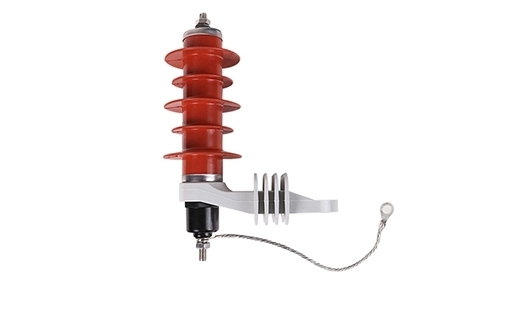en
+
A vacuum circuit breaker is a high-voltage switchgear used in power systems. Its main function is to quickly cut off the circuit when a fault occurs. Its working principle is to use the characteristics of the arc in a vacuum environment to achieve disconnection and closing. Specifically, the main components of a vacuum circuit breaker include a vacuum chamber, a contact system, an operating mechanism, etc.
In the vacuum chamber, the contact points are enclosed in a vacuum environment, and the current flows through the contact points. When the current reaches a certain value and a fault occurs, the contact points quickly separate to form an arc. In a vacuum state, the arc exists for a very short time, and the energy of the arc is quickly cooled and extinguished, which can effectively prevent the arc from damaging the equipment. This extinguishing mechanism makes the vacuum circuit breaker superior in electrical performance.
The advantages of vacuum circuit breakers:
1. High safety: Since vacuum circuit breakers do not generate external arcs when disconnecting current, their operating safety is relatively high, which can effectively avoid the risk of fire and electric shock.
2. Low maintenance cost: The contact points in a vacuum environment are not easily oxidized or contaminated, so the service life of vacuum circuit breakers is relatively long, maintenance requirements are low, and subsequent maintenance costs are reduced.
3. Small size and light weight: Compared with traditional oil-immersed or gas-insulated circuit breakers, vacuum circuit breakers are smaller in size and weight, making them easier to install and maintain.
4. Fast response speed: The vacuum circuit breaker has a fast breaking speed and can cut off the current within milliseconds, thereby protecting the system equipment to the maximum extent when a fault occurs.
5. Good electrical performance: When opening and closing the current, the vacuum circuit breaker has good voltage and current resistance, and is suitable for various high-voltage occasions.
vacuum circuit breakers also have some disadvantages:
1. Limited scope of application: Vacuum circuit breakers are mainly used in high-voltage and medium-voltage systems, and have poor adaptability to low-voltage systems, so they are not suitable for some low-voltage applications.
2. High installation requirements: Despite its small size, vacuum circuit breakers have high installation and commissioning requirements, requiring professional personnel to operate, which increases the initial investment cost.
3. Current limitation: The rated current of the vacuum circuit breaker is limited to a certain extent, and it cannot be operated for a long time under excessive current conditions. When using it, you need to pay attention to choosing the appropriate model.
4. Poor environmental adaptability: In extreme temperature or humid environment, the performance of vacuum circuit breakers may be affected, resulting in unstable operation.
As an efficient and safe electrical switching device, vacuum circuit breakers have been widely used in high-voltage power systems. Its advantages make it the preferred equipment in many occasions, but its applicability and environmental requirements still need to be considered when using it to ensure the safe and reliable operation of the power system.




